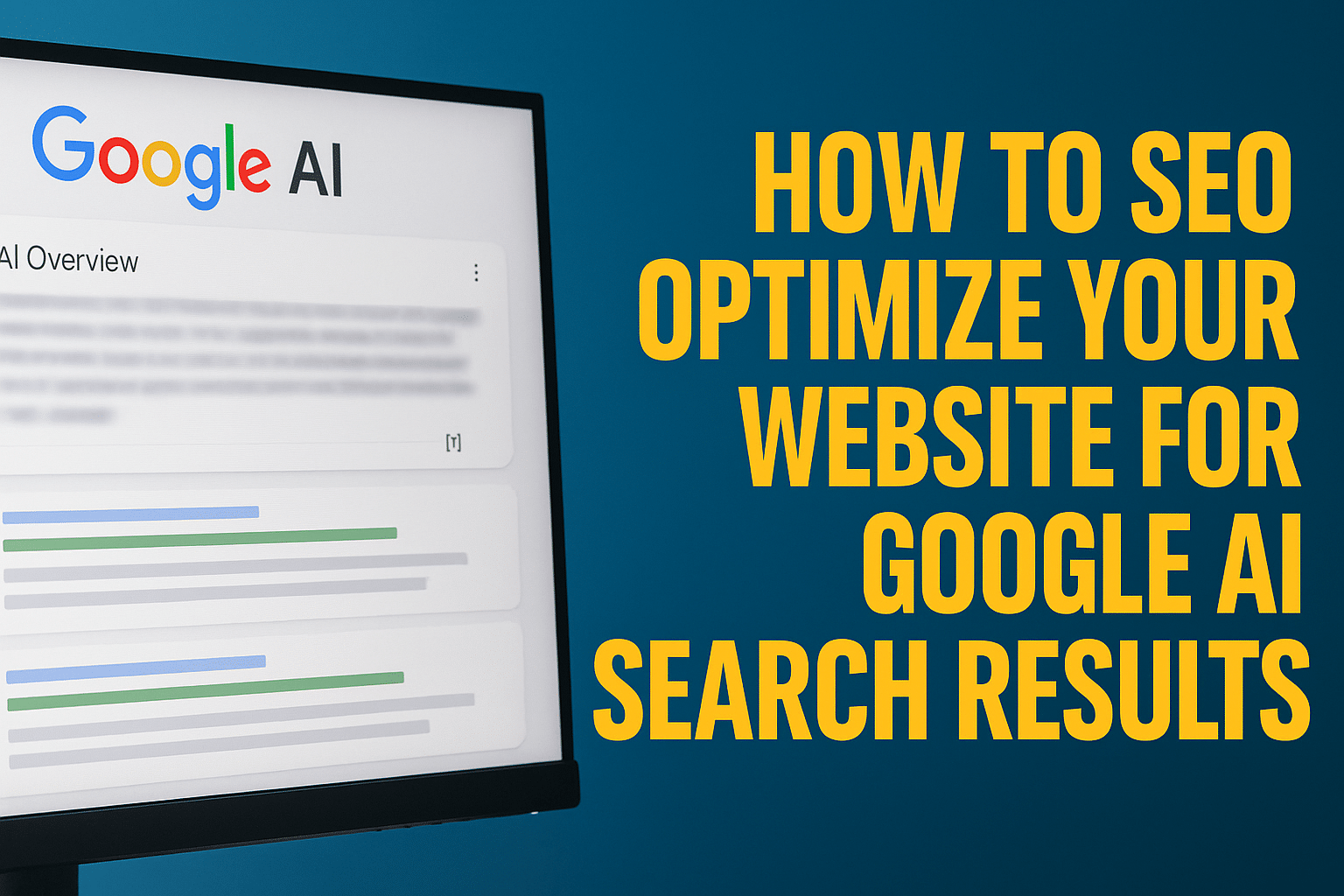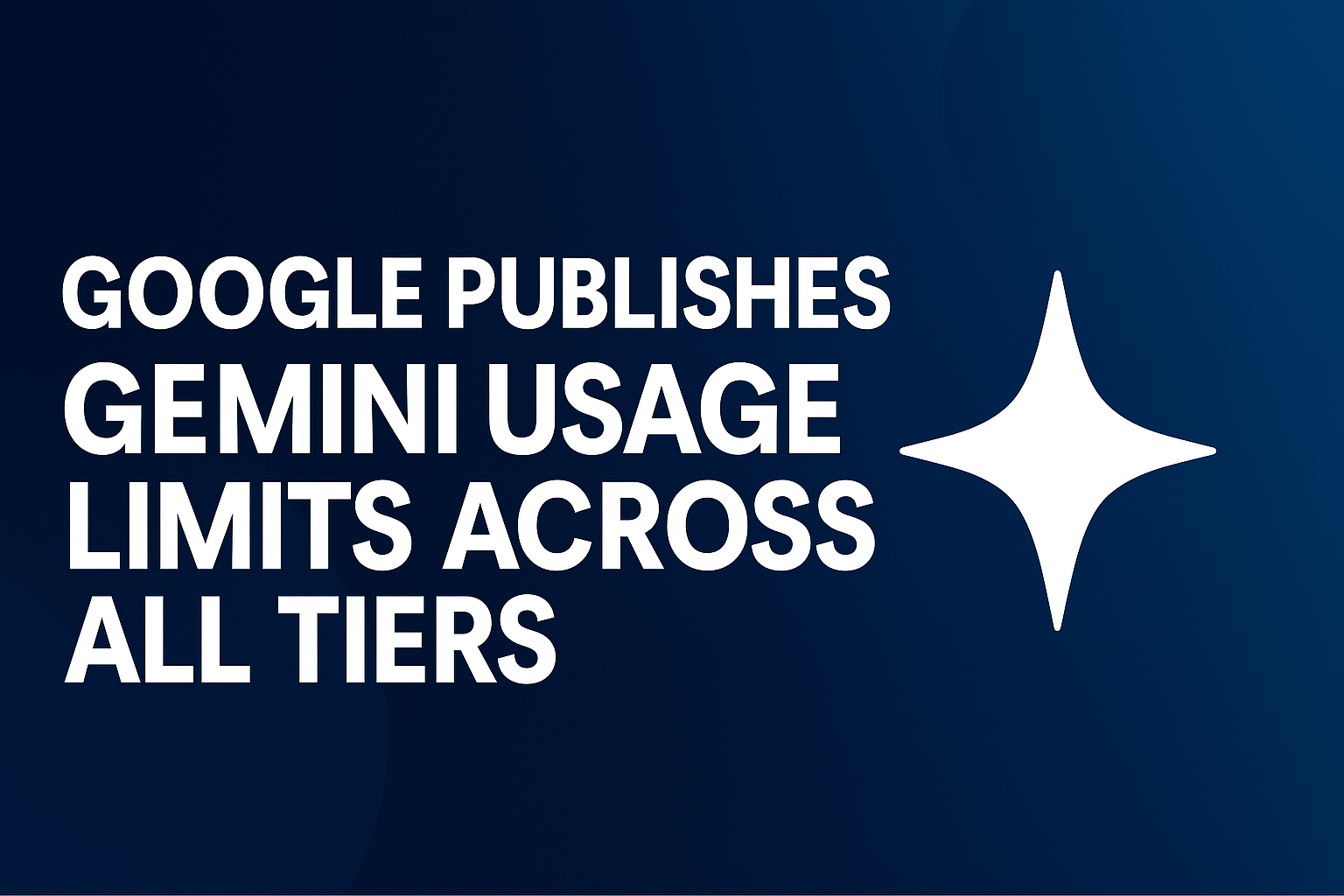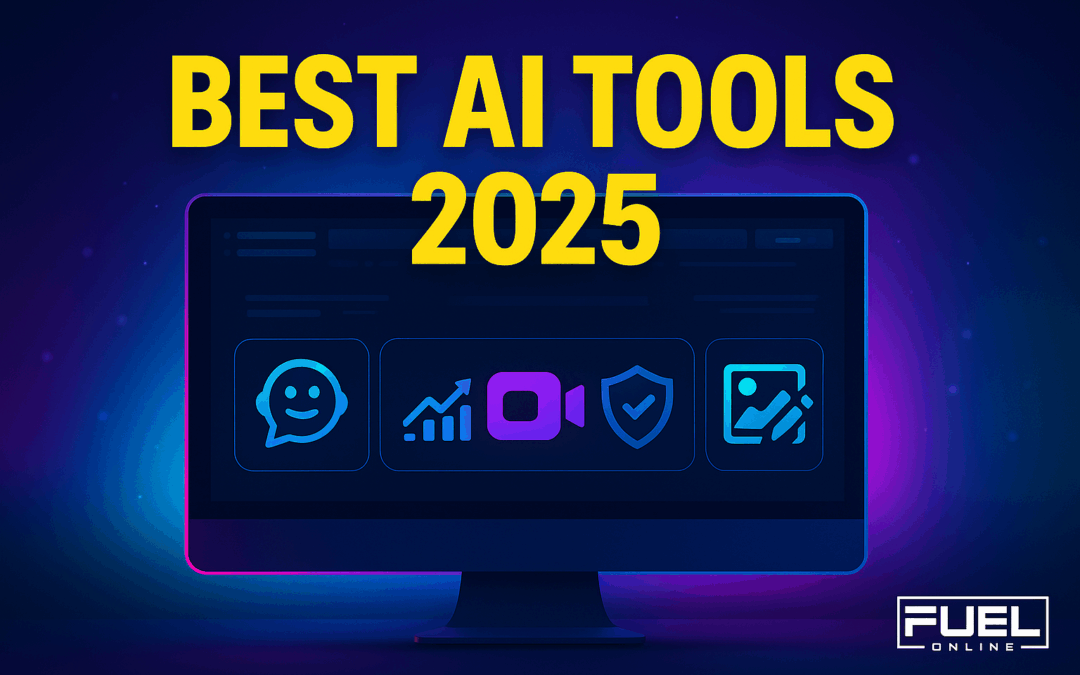How to SEO Optimize Your Website for Google AI Search Results
Introduction
Google’s search landscape is rapidly evolving with the introduction of AI-powered features like the Search Generative Experience (SGE) and AI Overviews. These innovations aim to deliver direct, contextualized answers within the SERP (Search Engine Results Page), reducing the need for users to click through to websites. For site owners, this presents a seismic shift in how SEO must be approached.
If you want your content to be surfaced, cited, or linked by Google’s AI answers — or at least remain visible in the organic results — your strategy needs to adapt now.
This comprehensive guide breaks down how to optimize your website for visibility in Google’s AI-powered results, with actionable steps, technical examples, and current data on how the SEO landscape is changing.
Part 1: Understanding Google AI Search Results
What Is Google SGE and AI Overviews?
Google’s SGE (Search Generative Experience) uses large language models (LLMs) to compile contextual answers to search queries right on the results page. These are called “AI Overviews.” Instead of ten blue links, users now see:
- A synthesized paragraph answer
- Source citations from websites
- Embedded product and service suggestions
The Problem for Site Owners
Google AI reduces the need to click. This means lower organic CTR, even when you’re ranking #1. Traffic from Google is falling — and this is measurable.
📉 Search Traffic Is Down
According to SimilarWeb and SparkToro, Google organic search traffic dropped by 20% from Q2 2023 to Q1 2024, primarily due to the roll-out of AI Overviews and zero-click results. Publishers are seeing fewer clicks even when they appear in featured snippets.
Part 2: Technical SEO for AI Search Optimization
1. Schema Markup (Structured Data)
Google’s AI engine leans heavily on structured data to pull context. Use advanced schema wherever possible:
FAQPage,HowTo, andProductschemas improve inclusion in AI answers- Use
Speakableschema for voice-based results - Always add
Article,Breadcrumb, andOrganizationschema on major pages
Tool: Use Google’s Rich Results Test to validate schema accuracy.
2. Semantic HTML & Contextual Chunking
AI prefers well-structured, chunked content that maps clearly to query intent. Use:
- Subheadings (
<h2>,<h3>) that match long-tail keywords - Bullet points, data tables, and lists to improve answer parsing
- Clear formatting of questions and answers (Q&A style gets picked up often)
3. Topical Authority and Internal Linking
SGE selects sources with domain-wide authority on a topic. To signal this:
- Create pillar content and cluster articles around semantic themes
- Internally link between them using contextual anchor text
- Add breadcrumb navigation and a site taxonomy that reflects topic silos
4. Entity Optimization
Google AI parses entities (people, places, concepts) and maps relationships. To optimize:
- Use structured internal links to entity-focused pages (like product or author bios)
- Link out to trusted external sources (Wikipedia, PubMed, etc.)
- Include short blurbs or definitions of important terms
Part 3: Behavioral & UX Factors that AI Looks For
1. Engagement Metrics
Google AI learns from user behavior:
- Time on site and scroll depth can impact ranking persistence
- Bounce rate or pogo-sticking back to Google may cause your snippet to be replaced
Action Tip: Embed videos, jump links, and infographics to keep users engaged.
2. Crawlability and Freshness
Google’s AI favors content updated regularly and easily crawlable.
- Use a clean sitemap and remove broken links
- Refresh top articles every 6–12 months
- Add “Last updated” metadata (and schema) to posts
Part 4: Tracking and Measuring Your Visibility in AI SERPs
1. Track AI Snapshot Inclusion
There is no official AI SERP rank tracker yet, but tools like:
- AlsoAsked, SEOTesting, and Thruuu help simulate AI result pulls
- Google Search Console can show sudden CTR drops for previously high-performing keywords
2. Monitor Featured Snippet Volatility
Pages that used to appear in Position 0 may now be used in AI answers without attribution or click-throughs. Track:
- Snippet loss trends
- Change in CTR despite stable ranking
3. Use Tools Built for AI SEO
- SparkToro: Analyzes where your audience consumes content
- SurferSEO: Optimizes for NLP relevance and semantic structure
- Frase, ChatGPT, and Content Harmony can help simulate AI result structuring
Part 5: How Some SEOs Are Gaming the AI SERPs
1. Indirect Prompt Injection
Some SEOs have begun injecting phrasing like “according to XYZ.com” or “experts at [site] suggest” to trigger AI answers referencing them directly. Google has begun neutralizing this tactic, but it’s still observed in live results.
2. Overuse of Featured Snippet Style Formatting
Aggressively formatting paragraphs as direct answers (FAQ layout, one-sentence intros) increases chances of being used in AI answers — though again, without click attribution.
3. Unlinked Brand Mentions
SEOs now monitor brand or site name usage without a link, especially in AI answers. These can still drive awareness, even without traffic.
Part 6: Building an AI-Safe SEO Strategy
Focus on:
- Creating extremely useful, evergreen content in your niche
- Structuring your content so AI can interpret and source it properly
- Developing brand awareness outside of Google (social, email, direct visits)
- Using schema, FAQs, semantic headings, and keyword intent properly
Accept This Truth:
Not all traffic will come from clicks anymore.
Instead, your SEO goal is to be seen, referenced, and trusted within the AI answer layer itself — and use that exposure to grow brand demand and traffic through other channels.
Final Thoughts
The rise of AI in Google search is not the death of SEO — it’s a new chapter. Content must now not only rank but also be structurable and parsable by machines.
Those who win will be the ones who think like publishers and engineers.
Start treating your content like data.






